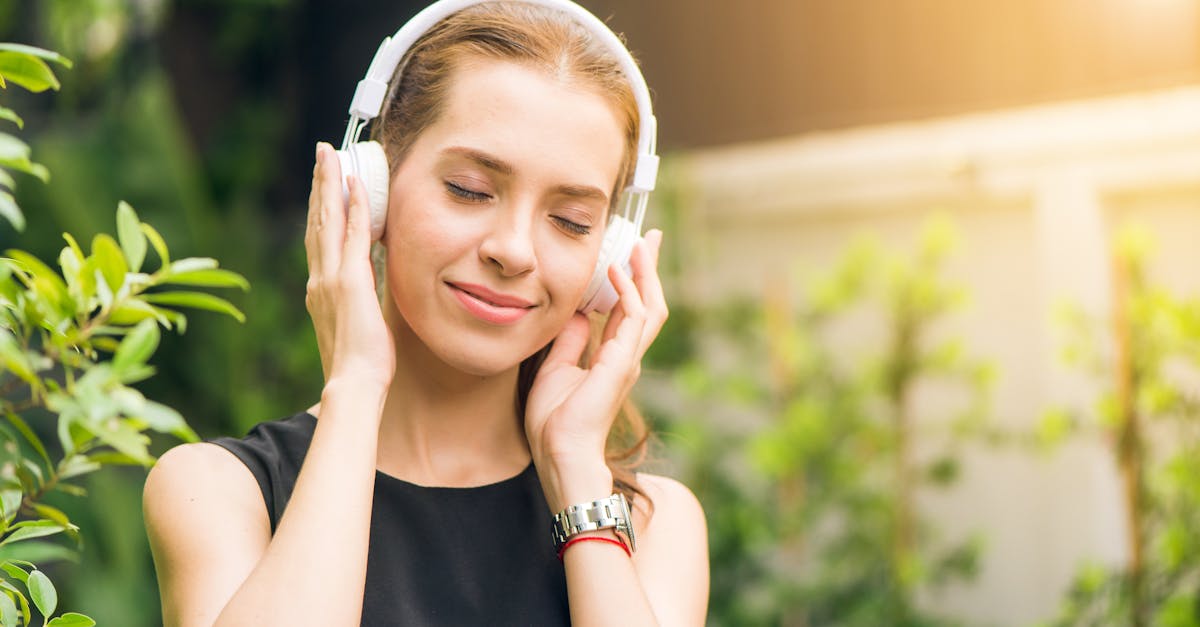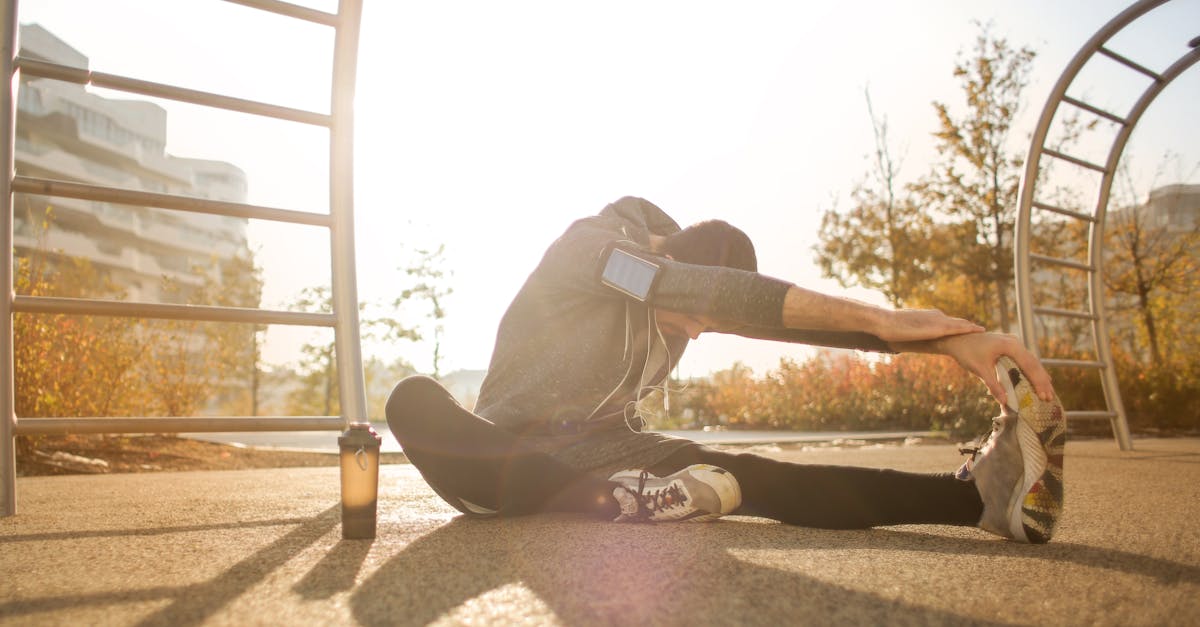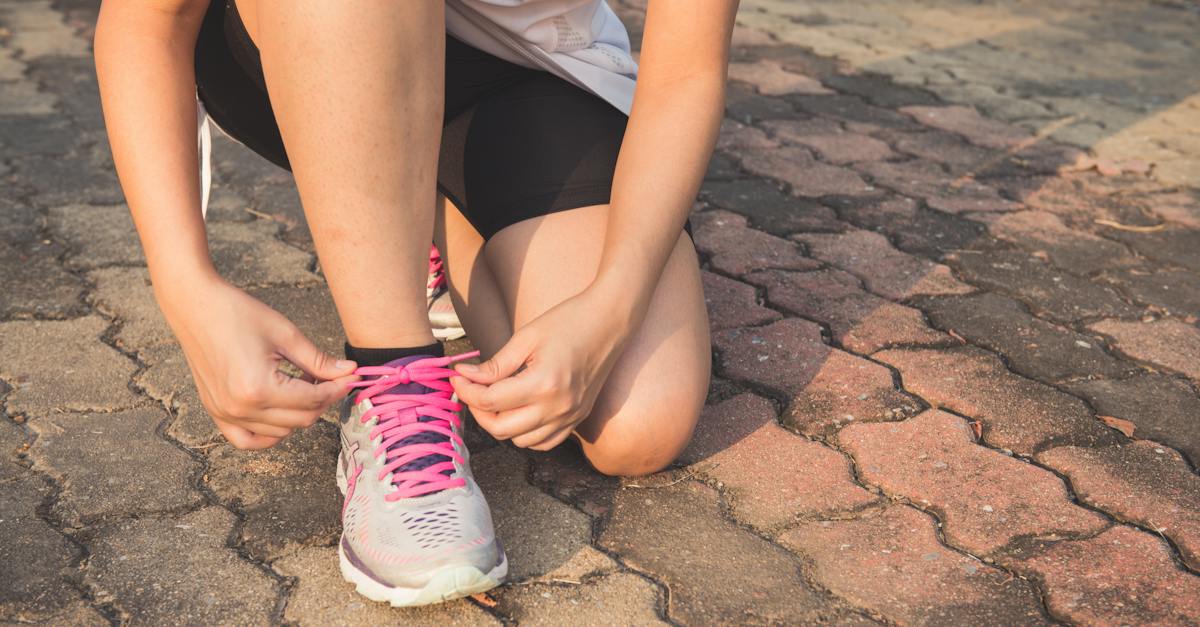Looking to revolutionize outdoor fitness? Join us as we investigate into the world of designing inclusive park fitness courses.
We’ll explore how to create spaces that cater to diverse abilities and needs, ensuring everyone can enjoy the benefits of outdoor exercise.
From equipment selection to layout optimization, we’ve got you covered with expert insights and practical tips.
Let’s make our parks welcoming and accessible to all, one workout at a time.
Key Takeaways
- Inclusive Design: Prioritize inclusive design when creating park fitness courses to ensure accessibility for individuals with diverse abilities.
- Equipment Selection: Choose a variety of equipment that is adjustable and accessible to cater to different fitness needs and abilities.
- Layout Optimization: Optimize the layout of park fitness courses for accessibility by providing clear pathways, resting spots, and visible signage.
- Alternative Exercise Options: Include alternative exercise options to accommodate individuals with varying abilities and preferences.
- Promoting Inclusivity: Create a welcoming environment in park fitness courses by offering diverse exercise options, clear pathways, and inclusive design features.

Understanding Inclusive Design
When creating park fitness courses, inclusive design is key. It’s about making sure that everyone, regardless of ability, feels welcome and can participate. This means considering things like wheelchair access, clear signage, and varied equipment options. Inclusive design isn’t just about physical access; it’s also about creating an environment where everyone feels comfortable and supported in their fitness journey.
To achieve this, we focus on layout optimization and equipment selection. By placing equipment strategically and ensuring clear pathways, we can make the park fitness course accessible to all. Expert insights suggest that incorporating a mix of cardio, strength, and flexibility stations can cater to diverse fitness levels and preferences.
To learn more about the principles of inclusive design, check out this resource from Institute for Human Centered Design.
Selecting Suitable Equipment
When designing park fitness courses, choosing the right equipment is crucial. Here’s how we can ensure inclusivity through equipment selection:
- Variety: Include a mix of equipment like cardio machines, strength training gear, and balance tools to cater to diverse fitness needs.
- Adjustability: Opt for equipment that can be easily adjusted to accommodate individuals of different heights and abilities.
- Accessibility: Select equipment that is easily accessible for individuals with mobility challenges, ensuring everyone can participate comfortably.
Remember, the right equipment can enhance the overall park fitness experience for everyone. For more insights on selecting suitable equipment, check out this guide by the National Recreation and Park Association.

Optimizing Layout for Accessibility
When designing park fitness courses, we prioritize accessibility. A key aspect is ensuring clear pathways for wheelchair users to move around easily. Placing stations strategically with ample spacing allows everyone to navigate without obstacles. We also focus on visible signage with concise instructions for each exercise station, aiding those with visual impairments.
Incorporating resting spots along the course benefits individuals who need breaks. Providing shaded areas or benches promotes inclusivity for all users. Adjusting equipment heights allows people of different heights and abilities to engage comfortably. Installing ramps instead of stairs and adding tactile paving for the visually impaired enhance overall accessibility.
To learn more about designing parks with accessibility in mind, check out this resource on ADA guidelines for outdoor fitness areas.
Providing Alternative Exercise Options
When designing inclusive park fitness courses, it’s essential to offer alternative exercise options for individuals with diverse needs. These alternatives can cater to people with varying abilities and preferences, ensuring that everyone can participate and benefit from the fitness course.
- Incorporating exercise equipment such as resistance bands, stability balls, and yoga mats provides versatility for different workout routines.
- Installing low-impact machines like ellipticals and recumbent bikes offers gentler options for those with joint issues or mobility limitations.
- Including bodyweight exercises like modified push-ups and seated leg raises allows individuals to engage in strength training without heavy equipment.
- Providing access to online resources with guided workouts enables users to follow customized routines based on their fitness levels and goals.
By offering a range of exercise options, we create a welcoming environment that encourages participation and promotes overall well-being. Explore more about inclusive fitness options on the International Sports Sciences Association website.

Promoting Inclusivity in Park Fitness Courses
In our quest for inclusive park fitness courses, it’s crucial to provide a welcoming environment for everyone. By ensuring clear pathways and visible signage, individuals feel comfortable exploring the space. Offering alternative exercise options like resistance bands and yoga mats caters to diverse needs, promoting overall well-being. Also, incorporating resting spots and shaded areas fosters inclusivity by accommodating varying levels of fitness and mobility. To enhance accessibility further, adjustable equipment heights and tactile paving can make a significant difference. Remember, inclusivity is not just a goal but a journey we begin on together.

